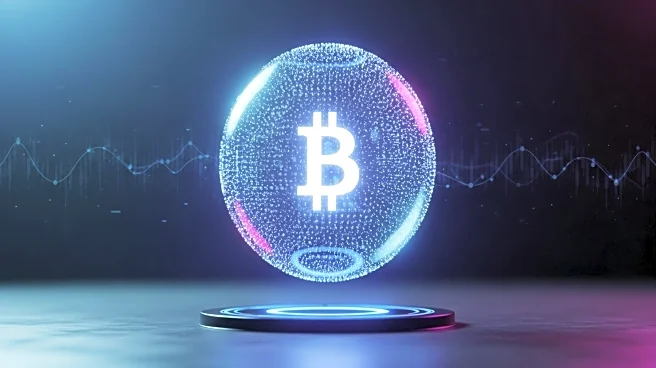Rapid Read • 8 min read
Consumer loyalty is being challenged as companies increasingly charge longtime customers more than new ones. This phenomenon, known as the 'loyalty penalty,' affects various industries, including airlines, internet providers, and insurance companies. Long-term customers often face higher prices and reduced benefits compared to new customers who receive promotional offers and discounts. The loyalty penalty is driven by companies leveraging switching costs and limited competition to retain customers while maximizing profits. This trend is evident in the airline industry, where frequent flyer miles and loyalty programs offer diminishing returns, and packed planes limit the availability of free upgrades for loyal customers.
AD
The erosion of consumer loyalty has significant implications for U.S. industries and consumers. As companies prioritize short-term profits over long-term customer relationships, consumers may face higher costs and reduced service quality. This shift could lead to increased consumer dissatisfaction and a decline in brand loyalty, prompting consumers to switch providers more frequently. The loyalty penalty also highlights the need for regulatory scrutiny and potential reforms to protect consumers from unfair pricing practices. Additionally, businesses may need to reassess their strategies to maintain customer loyalty and competitiveness in a market where consumers are increasingly aware of their options.
As consumer awareness of the loyalty penalty grows, companies may face pressure to offer more equitable pricing and benefits to retain customers. Regulatory bodies could intervene to address unfair pricing practices and promote competition. Consumers are likely to become more proactive in seeking better deals and negotiating with service providers. Businesses may need to innovate and improve customer experience to differentiate themselves in a competitive market. The trend could also lead to increased transparency in pricing and loyalty programs, encouraging consumers to make informed decisions.
The loyalty penalty raises ethical questions about corporate responsibility and consumer rights. It challenges the traditional notion of loyalty and prompts a reevaluation of consumer-brand relationships. The trend may also influence cultural perceptions of loyalty, shifting focus from brand allegiance to value-driven choices. Long-term, this could lead to a more dynamic and competitive market landscape, where consumers prioritize value and service quality over brand loyalty.
AD
More Stories You Might Enjoy










